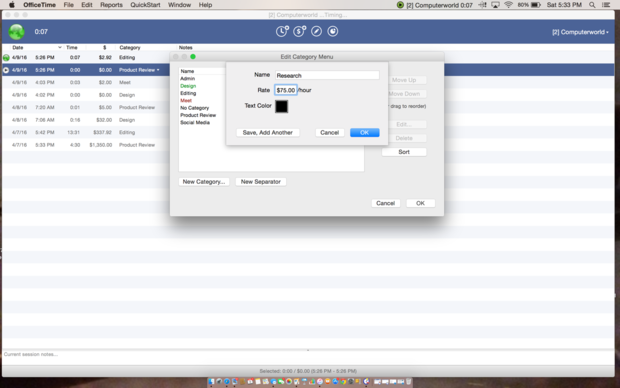


Android officetime manual#
Manual time tracking: Most timers are pretty simple button-pushing affairs, but there’s nuance between apps.If an app is no better than your own brain and the most basic computer functions, it’s not worth paying for. Not just a fancy spreadsheet or timer: By the same token, if an app didn’t offer much more than a fancy interface for manually entering the work you were doing or controlling a timer for it, we didn’t test it.
Android officetime portable#
The best tracking apps allow you to keep the data you generated in portable formats. Data export: Many apps tout the beautiful graphs, charts, or reports their tracking can produce, but you need to export that data to CSV if you’re going to be able to further analyze it or keep it after you stop using the service.Useful integrations: No time tracker can offer everything for everyone, but we preferred apps that offered a variety of useful hooks into commonly used apps (like Slack, Basecamp, G Suite, Office, Asana, and more) to cover more work setups.Good mobile tracking apps can control timers, show time balances, and, ideally, notify you when a timer is running unusually long or has been stopped during normal working hours. Mobile options: You probably don’t do all of your work at your computer, and sometimes you need to track things like conference calls or meetings in your off-hours or your travel time while away from your desk.Plans or pricing that work for freelancers: Since our guide is aimed at solo practitioners, we avoided apps that were priced or centered on teams or were priced like something only a corporation could afford.
Android officetime software#
Some apps limit the features or scope of their trial software in a way that makes it hard to tell if it’s right for you.


 0 kommentar(er)
0 kommentar(er)
